I. Prologue

Diversity of people, thought, and experience and the inclusion of all members of the Johns Hopkins community are vital to the fulfillment of our university’s purpose of critical inquiry and discovery, and implicate virtually every component of our academic, research, and service missions.
For our community, discussions of the fundamental values of diversity and inclusion cannot be separated from the broader conversation that has been taking place since the inception of the university. Johns Hopkins was founded just 11 years after the end of the Civil War, 30 miles south of the Mason-Dixon Line, through the bequest of an abolitionist whose name we carry. The premium we place on academic excellence, independence of thought, and equality of opportunity can be traced to ideas that were evident in our first days.
There is much of which we should be proud. It would be disingenuous, however, to suggest that these ideals were fully developed at our founding, or that we have always been steadfast in our pursuit of them.
We mark important milestones, such as the admission of women in the School of Medicine from its beginning in 1893, or the 1973 appointment in the School of Arts and Sciences of the first African-American faculty member to receive tenure. But we also recognize that these milestones did not immediately translate into the widespread adoption of equitable practices across the university. Underrepresented groups on our campuses—including faculty, students, and staff of color; women; LGBTQ individuals; religious minorities; and people with disabilities—have, at times, faced the kinds of inequity that plague our broader society.
Today, our university is more starkly aware than ever of the challenges that loom large before us, including the recent national turmoil over race and racism that highlights cleavages in our own society. The names of U.S. communities—Ferguson, Staten Island, Cleveland, Baton Rouge, Tulsa, and our own Baltimore—have become tragic shorthand for incidents that represent for many a fatal disregard for black people. The country continues to wrestle painfully with the impact of long-standing exclusionary efforts including school and housing segregation, mass incarceration, and inequities in policing, wages, and health care. And far too often, we hear about, or witness, destructive acts of hatred and bias, whether aimed at a nightclub in Orlando, a young man in a hoodie, or a colleague in a head scarf.
In the fall of 2015, as protests over issues of diversity and inclusion erupted at universities across the country, JHU students—led by the undergraduate Black Student Union—joined in solidarity, raising their concerns about our own campus community. (The BSU’s list of demands is included in the Appendix.) That protest and the public forum that followed led JHU leadership to create the Roadmap on Diversity and Inclusion to articulate a shared understanding of the university’s focus and priorities
Many of the efforts mentioned in the Roadmap predate the report itself. By fall 2015, the university had developed significant programs to promote inclusion on campus and in Baltimore, and to foster broad diversity, recognizing its fundamental importance to our pursuit of excellence. Among these programs were Hop-In, launched in summer 2015 to help groups of undergraduate students adjust to campus before their freshman year; HopkinsLocal, a Baltimore-focused economic inclusion initiative that followed a few months later; and the comprehensive Faculty Diversity Initiative that also began that fall.
These programs demonstrate our determination to strengthen the broad diversity of our community, the opportunities available on our campuses, and the climate in which we work and learn. There is much more to do. At a university where diversity of people and of perspectives is essential to critical inquiry and robust debate, to our very ideals of excellence, our campus environment must be vigilant in supporting the full participation of students, faculty, and staff of every race, color, ethnicity, sex, gender, gender identity or expression, marital status, religion, sexual orientation, age, disability, veteran status, socioeconomic status, and political viewpoint.
Our Roadmap and all related activities will be framed in this context, cognizant of our past and present shortcomings, aligned with the actions that have helped shift our course, and focused on long-term efforts to pursue, promote, and sustain excellence—through diversity—across our campuses.





